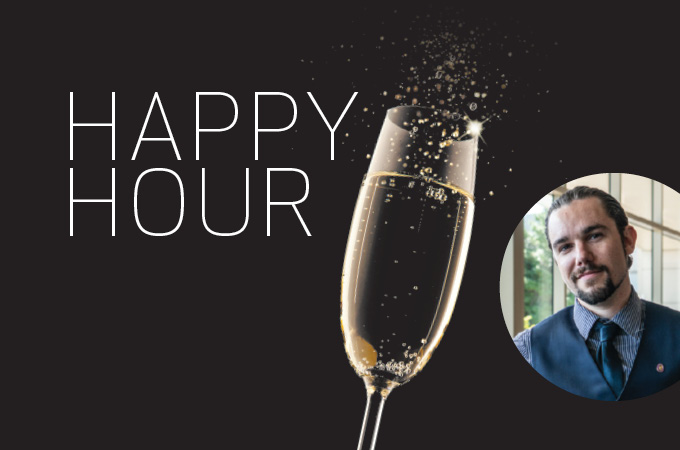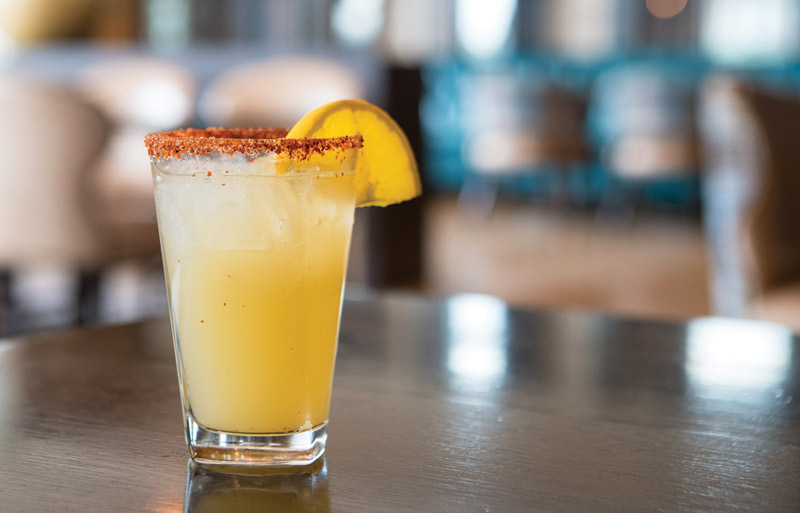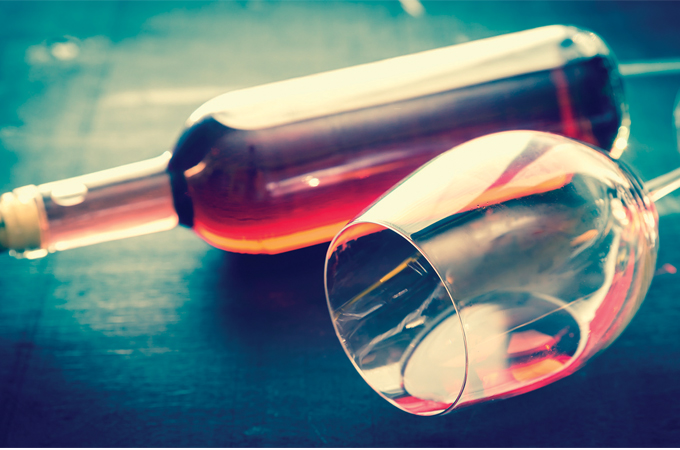There is nothing in the world like Champagne. The unique chalk and limestone soils of the Champagne wine region along the 49th parallel in northern France, along with local winemaking techniques, work in harmony to create something so distinctive, many aficionados willingly pay handsome sums for the finest bottles. It’s fun to feel luxurious and ‘drink the stars’ on special occasions or a night on the town. Learning about Champagne, however, can be a challenge because of the diverse producers and styles. Though there are many things that go into Champagne’s character, this article will focus on grape varietals and sugar levels.
The first thing to understand is that there are three main Champagne grapes: Pinot Noir, Chardonnay and Pinot Meunier. Roughly speaking, Pinot Noir provides its structure, weight and power. Chardonnay gives Champagne its elegance and longevity, and Meunier lends fruitiness and youthful accessibility. Champagne houses use different amounts of these grapes in their blends, which makes all Champagnes very different. There are various styles as well; Blanc de Blanc is made entirely from Chardonnay, and Blanc De Noir is all Pinot Noir.
Champagne also is known for its sugar levels. Styles range from Brut Nature or savage, which has zero percent added sugar, to Doux, which contains 50 grams of sugar per liter. To make things even more confusing, Brut Champagne can range between zero to 12 grams per liter, so there is a lot of variation within this classification. Don’t be afraid to ask a few questions before buying.
So what should you pair with Champagne? Some say it goes with everything, and they are mostly correct. Fried and greasy foods especially play well with the drink. Since it has a high level of acidity, the wine cuts through the fat in food, making every bite as good as the first. For simple foods like French fries, there are lots of delicious options at accessible price points. Nicolas Feuillatte and Piper-Heidsieck are both great entry-level Champagnes that won’t empty your pocketbook.
Bubbles also pair well with breakfast. Nonvintage Louis Roederer and Taittinger have some depth and are fun with a simple egg dish or classic St. Louis Slinger. Rosé Champagne is heavenly and sometimes a bit more complex. Try nonvintage Billecart Salmon Brut Rosé or Ruinart with Imo’s pizza or toasted ravioli. Paul Bara Blanc de Noirs would be great with barbecue from Pappy’s Smokehouse.
Also, in general terms, the more expensive the food, the more expensive the champagne should be. Save vintage Dom Pérignon, Bollinger Grande Année and Louis Roederer Cristal for your caviar. But for desserts like gooey butter cake or Ted Drewes, pair with reasonable Demi-Sec (medium sweet) or Doux (super sweet) Champagne.
The best way to understand champagne is to drink it! Experiment to find the perfect bottle for your favorite dishes.
Anthony Geary is sommelier at the Four Seasons Hotel St. Louis.








